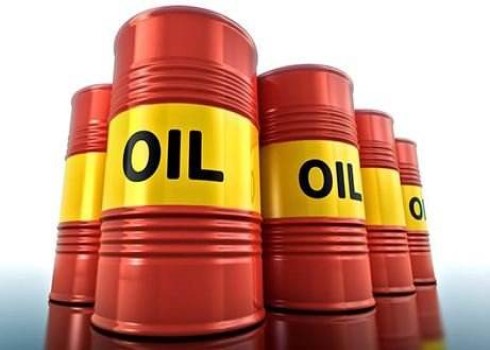SunSirs: Energy, Trump Releases OPEC+ to Cut Production Expectation, Crude Oil Price Rebounds in Retaliation
April 03 2020 11:10:45 SunSirs (Selena)
On April 2, U.S. WTI crude oil futures market prices rose sharply, with the main contract at $25.32/ barrel, or up $5.01. Brent crude oil futures market prices rose sharply, with the main contract at $29.94/ barrel, up $5.20. WTI and Brent recorded the biggest daily gains, both exceeding 25%. The main reason is that U.S. President Trump said publicly that he expected Russia and Saudi Arabia to announce substantial cuts in crude oil production, and Saudi Arabia's official media reported that Saudi Arabia was calling for an emergency meeting of oil producing countries to deal with market turbulence.
In April 2, Trump said he had held talks with Saudi Crown Prince Mohamed, who also talked with Russian President Putin about the price dispute between Russia and Saudi Arabia by telephone. Trump expected Saudi Arabia and Russia to announce 10 million to 15 million barrels/ day of oil production cuts, and the two countries were willing to reach an agreement.
In addition, Saudi media reported that Saudi Arabia called for an OPEC emergency meeting. The Wall Street Journal reported that Saudi Arabia would consider reducing its daily production to about 9 million barrels/ day, about 3 million barrels/ day less than planned in April. This news, combined with Trump's Twitter information, led to a sharp rise in crude oil prices. WTI rose to $27.39/ barrel at one time, an increase of more than 35%.
But then the market calmed down gradually and crude oil recovered some of its gains, mainly because market participants questioned whether Russia and Saudi Arabia could really reach an agreement on such a large-scale production reduction. At present, the specific details of Saudi Arabia and Russia's production reduction are still unclear in the market. Besides OPEC+, it is still unknown whether other crude oil producers can participate in the production reduction in coordination. The division of market share makes it difficult for multiple interests to reach a consistent balance.
In the future, in the view of SunSirs, the global demand is still the decisive factor restricting the oil price. At present, the demand for crude oil has dropped by 20-30 million barrels/ day. Moreover, in the short term, the epidemic situation of COVID-19 has not been improved, especially in Europe and the United States. At the same time, the region is also the region with the largest demand for crude oil before the epidemic. The decline in demand is still continuing, and it is difficult for oil prices to improve. Even if Russia and Saudi Arabia have reached a new and consistent production reduction agreement, it may not be able to make up for the share of the current decline in demand. In addition, the current market crude oil storage is approaching saturation. It is reported that the global crude oil storage capacity will be exhausted after six weeks. In a comprehensive consideration, the rebound of oil price may only be a short-term behavior. Whether it can continue to rebound in the later period remains to be verified, and the rebound range is not optimistic. The medium and long-term oil price will still operate at a low level.
If you have any questions, please feel free to contact SunSirs with support@sunsirs.com.
- 2025-12-19 SunSirs: Saudi Arabia's Crude Oil Exports Reach Two-and-a-Half-Year High
- 2025-12-19 SunSirs: Goldman Sachs: Oil Prices to Rise in Q4 2026
- 2025-12-19 SunSirs: Daily Topic of China Commodity Data (December 19, 2025)
- 2025-12-18 SunSirs: Energy Industries Bulk Commodity Intelligence (December 18, 2025)
- 2025-12-18 SunSirs: EIA: US Crude Oil Inventories Decline Last Week, Gasoline and Distillate Inventories Increase



